Introduction to Yearling Horses
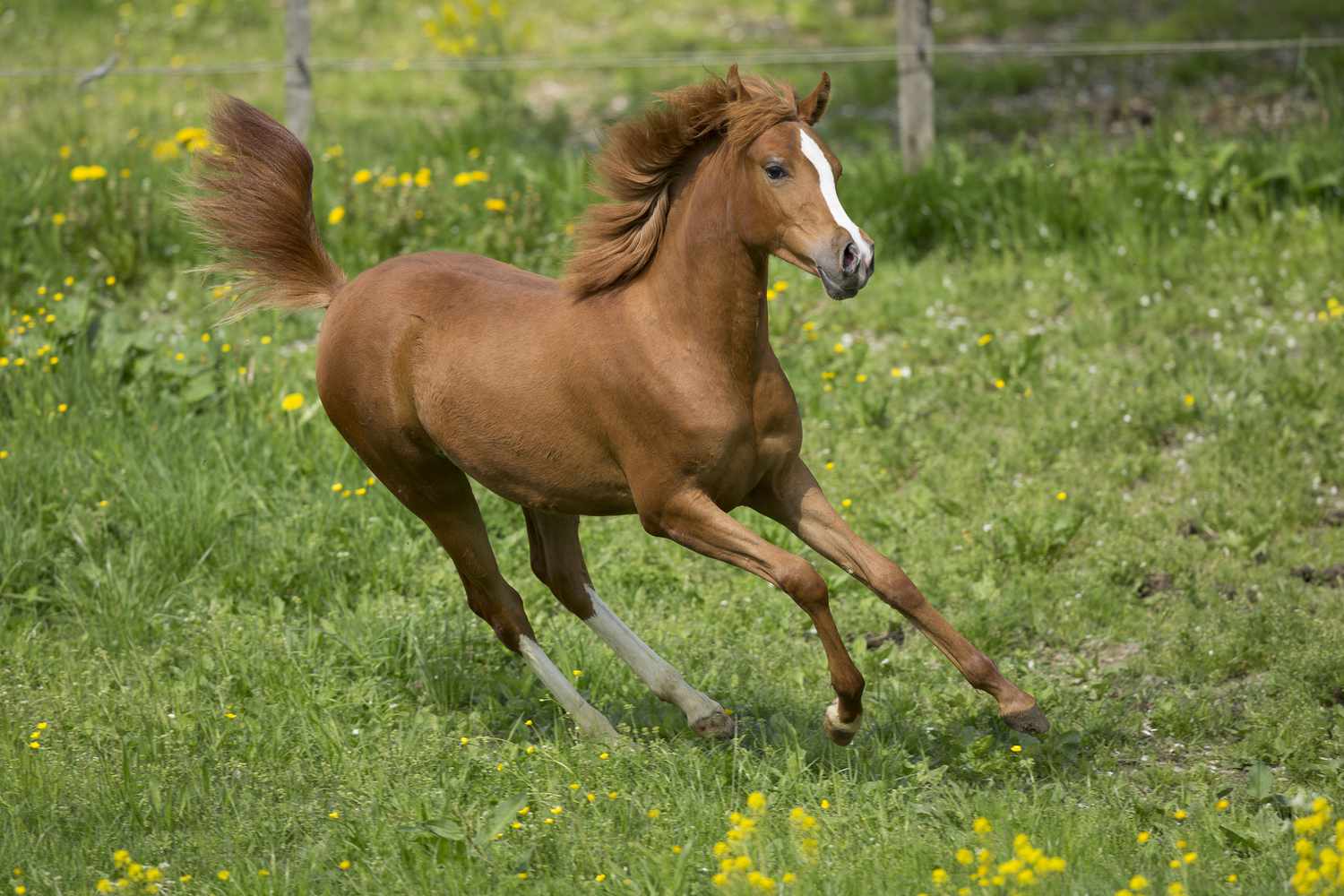
Embarking on the journey of equine ownership or simply nurturing a passion for these majestic creatures necessitates a fundamental understanding of their life stages, particularly the yearling phase. It’s a pivotal period that shapes the future of every horse. This post delves into the essence of what defines a yearling horse, their growth, behavior, care requirements, and guidelines for training and purchasing. Let’s unravel the mysteries of these young equines and ensure they gallop towards a robust and thriving life.
Yearling Horse Definition
A yearling horse is an equine between one and two years of age. This term is specific to the horse community, marking a critical period in a horse’s life that involves significant physical and behavioral changes. Understanding the yearling horse definition is crucial for anyone involved in breeding, training, or caring for horses, as it dictates the appropriate care and training strategies to employ.
Delving Deeper into Yearling Horse Development

For those involved in the care of equines, it is vital to comprehend the nuances of yearling horse development. This period is characterized by rapid growth and the beginnings of individual personality traits, requiring astute management and knowledgeable oversight. Recognizing the intricacies of this phase enables caretakers to create an optimal environment for the young horse’s physical and psychological growth.
Stages of Equine Development
A horse’s life is segmented into distinct developmental stages, each demanding specific care:
- Foal: The first year of life.
- Yearling: The transition from one to two years of age.
- Juvenile: The period up to four or five years, with gender-specific terms like “colts” and “fillies.”
Each stage plays a critical role in shaping a horse’s future, with targeted attention promoting optimal development.
Advancing Knowledge in Equine Ages
Adeptness in equine age-related terminology is essential for those in the horse community, guiding the customization of care and training. Such knowledge is indispensable for the health and management of horses as they move through their life stages.
Growth Patterns of a Yearling Horse
Monitoring the physical development of yearlings is integral to ensuring their well-being. Factors influencing their growth include:
- Breed: Each breed exhibits unique growth rates and mature sizes.
- Genetic Makeup: Inherited characteristics significantly affect growth.
- Dietary Regimen: Nutritional intake is crucial for proper development.
Yearlings are typically measured between 13 and 15 hands in height and are on their way to reaching over half of their adult weight. Assessing these variables allows for the adjustment of care strategies to support ongoing development.
Developmental Indicators in Yearlings
Throughout the yearling phase, horses reach several physical and behavioral milestones:
- Dentition: Emergence of permanent teeth, which influences diet and dental care.
- Musculature: Increased muscle mass, necessitating adequate nutrition and physical activity.
- Social Maturity: The transition from foal-like behavior to structured herd interactions.
Observing these milestones provides insight into a yearling’s health and maturity.
Impact of Genetics and Surroundings
While genetics lay the foundation for development, environmental factors also significantly impact a yearling’s growth and behavior. The terrain they navigate and their herd’s social structure contribute to their physical and social development. An environment that closely aligns with their natural habitat can positively affect their growth during this crucial phase.
Assessing Yearling Progress
Diligent observation and detailed records are crucial for evaluating a yearling’s development. By tracking height, weight, and body condition, along with behavioral patterns, caretakers can make informed decisions regarding their care. These records are also valuable for veterinarians to assess the health and progress of the yearling.
Insights into Yearling Horse Behavior and Play
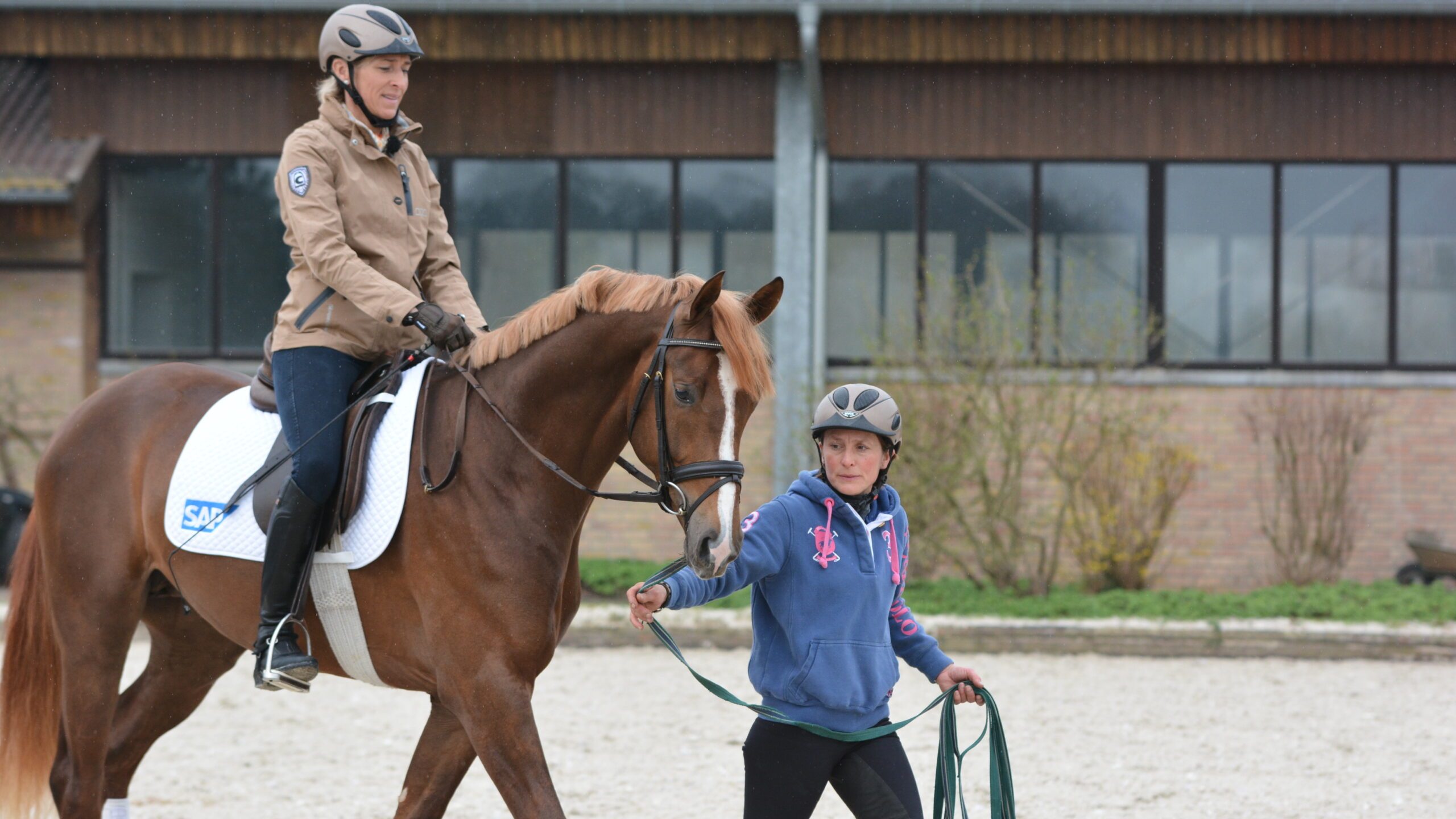
When yearling horses transition from their foalhood, they display a variety of behaviors that are crucial for their growth into well-adjusted adults. Their behavior, a mix of instinctual and learned responses, reveals their evolving personality and burgeoning sense of autonomy. Observing their actions, particularly play, is essential for understanding their development and preparing them for future training.
Importance of Play for Yearlings
Engagement in play is pivotal for yearlings, as it fulfills several developmental functions. Through play, yearlings enhance their physical abilities, forge social connections, and sharpen their cognitive skills. Activities such as play-fighting and mutual grooming not only facilitate physical conditioning but also teach yearlings essential communication skills and help them understand social hierarchies within the herd.
Interpreting Yearling Communication
Yearlings communicate with their owners and peers through various behaviors. Interpreting the meaning behind their ear positioning, body posture, and vocal sounds enables owners to gauge a yearling’s emotions and intentions. Understanding these signals is the key to fostering a positive relationship and laying the groundwork for successful training.
Understanding Social Interactions in Yearlings
The yearling phase is a time when young horses explore and establish their roles within the herd’s social framework. They engage in behaviors like nipping and pushing as they learn about dominance and submission. Observing these interactions provides insight into their social development and is essential for managing their integration into the herd.
Guiding Yearlings Through Challenges
Encountering new experiences can provoke fear or aggression in yearlings. It is important for owners to address these reactions with patience and guidance, offering reassurance to help them overcome their apprehensions. Properly managing these behaviors helps yearlings build trust with humans and lays the foundation for future learning.
Preparing Yearlings for Future Success
The behaviors of yearlings may hint at their potential in various equestrian disciplines. For instance, a yearling that learns quickly might be well-suited for competitive scenarios, while one demonstrating social dominance could show leadership potential. Early recognition of these traits can assist in tailoring training programs to a yearling’s individual strengths.
Supporting Yearling Development Through Behavior Management
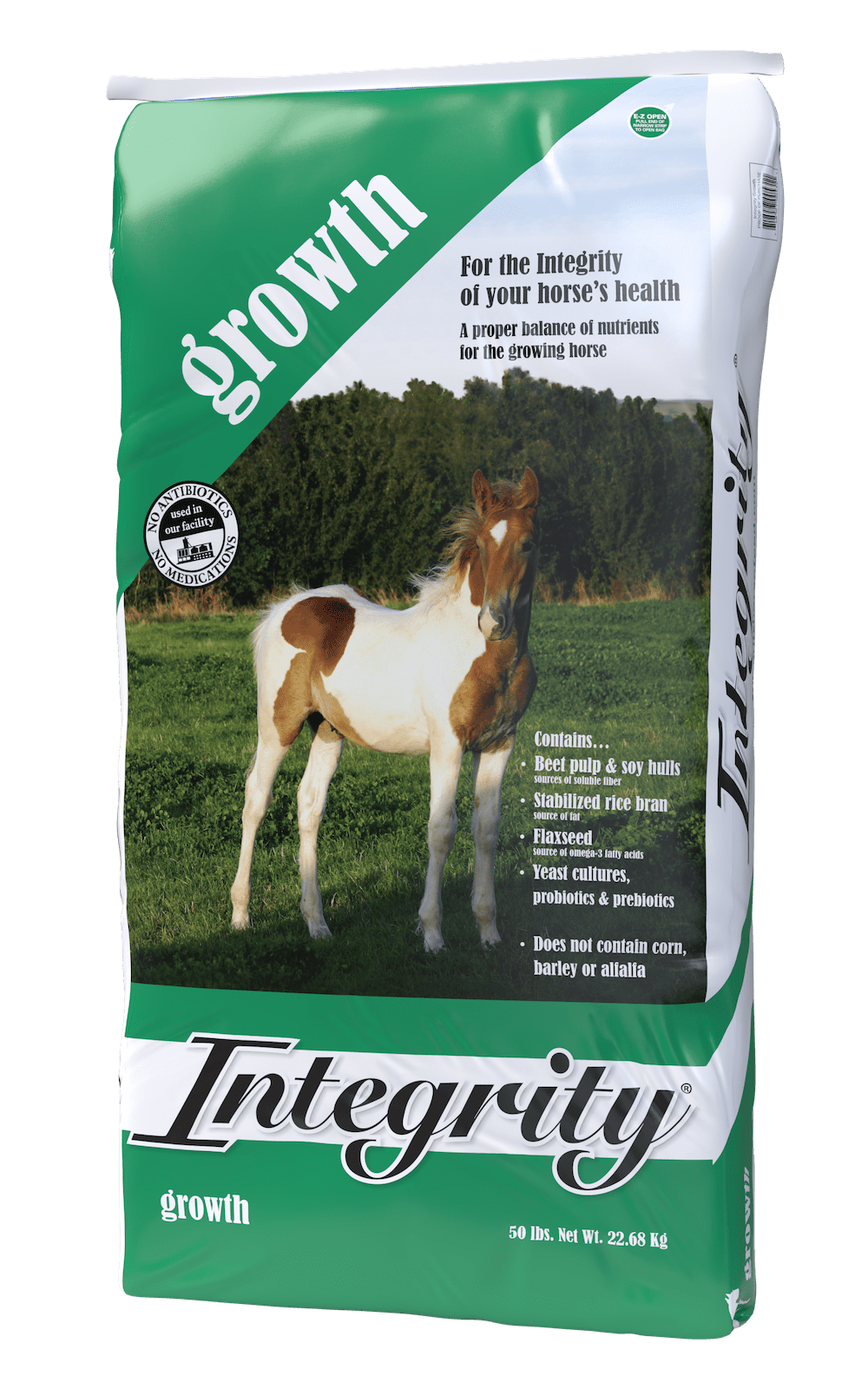
The behavior of yearling horses offers a window into their developing minds and personalities. Attentive owners who understand and appropriately respond to these behaviors can create an environment that supports their growth into cooperative and trainable adults. The knowledge gained during this important developmental stage is critical for forming enduring bonds and achieving success in later training.
Enhancing Yearling Horse Health and Well-Being
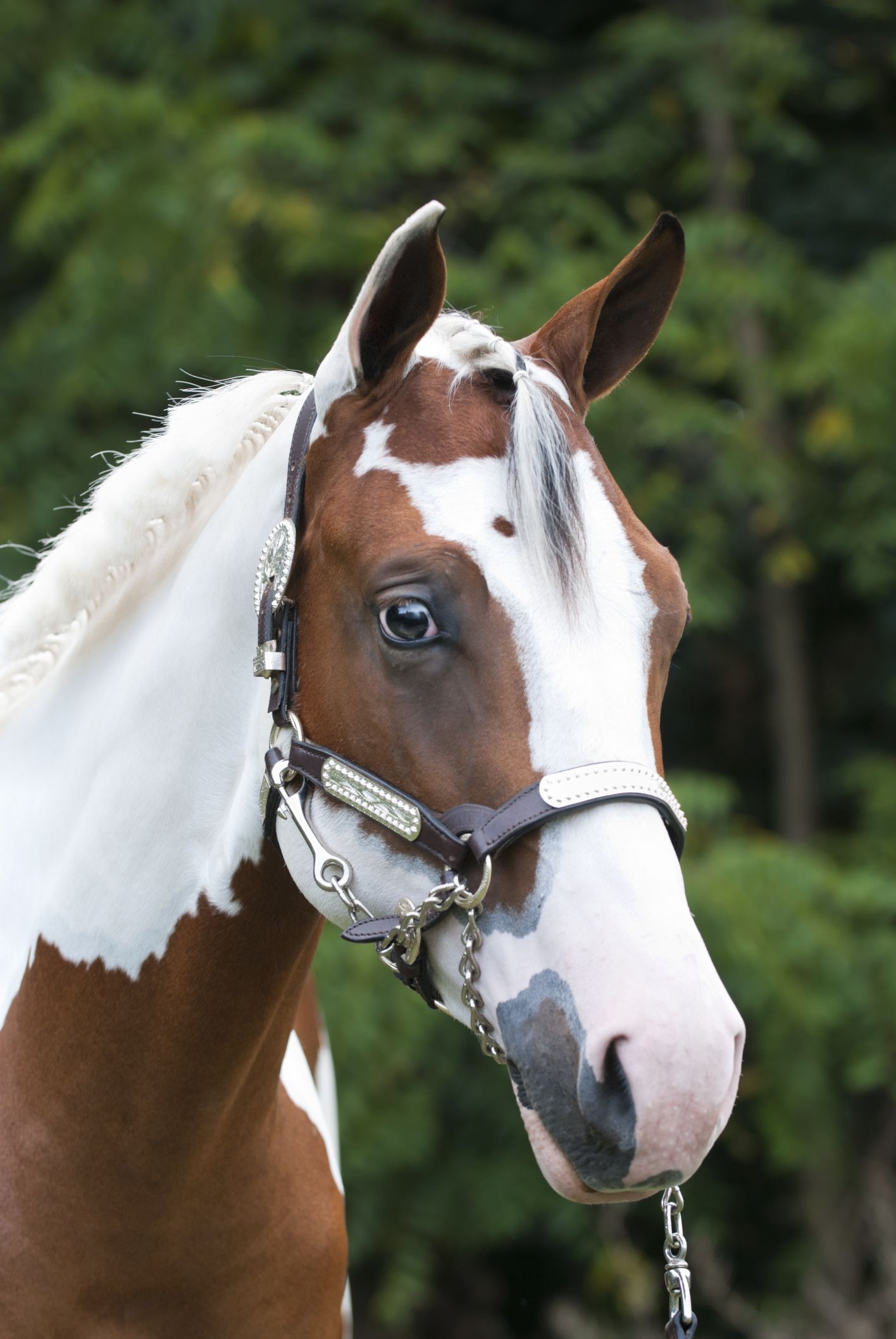
Yearling horses require specialized attention to thrive as they grow. Their care involves a conscientious approach to their changing requirements, focusing on diet, habitat, and overall health practices. By addressing these aspects with precision, we help build a strong foundation for their future as adult horses in various equestrian disciplines.
Customizing Yearling Horse Nutrition
Providing a yearling with the right nutritional balance is instrumental for its development. The diet should be centered around top-notch forage and augmented with grains and concentrates for additional energy. It’s important to monitor the intake of these feeds to prevent obesity and related health concerns. Including a mineral block can also supply necessary trace nutrients that forage alone might lack, thus rounding out their dietary profile.
Vital Nutritional Elements for Yearlings
- Superior forage as the main source of sustenance.
- Controlled portions of grains and concentrates for extra nutritive value.
- Mineral and vitamin fortification to correct potential deficits.
- Unrestricted access to fresh, potable water.
Establishing an Ideal Living Space for Yearling Growth
Yearlings benefit greatly from a living space that promotes well-being and growth. This includes suitable shelter and ample room to roam. Equally important are consistent enclosure maintenance and the provision of socialization opportunities. These experiences are vital for their learning and adjustment to herd life.
Aspects of a Conducive Yearling Habitat
- Shelter that offers comfort and space appropriate for growth.
- Safe fencing that permits exploration and exercise.
- Routine sanitation to ensure a clean living environment.
- Engagement in physical activities to foster development.
Implementing a Holistic Yearling Health Regimen
Yearling horses benefit from a comprehensive health care plan that includes regular veterinary oversight for check-ups and immunizations. A deworming plan customized to the horse’s environment and exposure is essential for controlling parasites. Additionally, consistent hoof care is vital for the proper development of the yearling’s feet and prevention of future mobility issues.
Essential Health Care Practices for Yearlings
| Aspect of Health | Best Practices |
|---|---|
| Medical Supervision | Consistent examinations and immunization protocols |
| Parasite Management | Individualized deworming program |
| Oral Health | Observation of dental development and intervention as needed |
| Foot Care | Regular inspections and adjustments for hoof health |
By conscientiously addressing the distinct needs of yearling horses in diet, environment, and health, caretakers can significantly influence their immediate and long-term vitality. The dedication to these care principles ensures that yearlings develop into hardy, adaptable, and well-mannered equine companions prepared for the rigors and successes of their future roles.
Strategic Approaches to Educating Yearling Horses
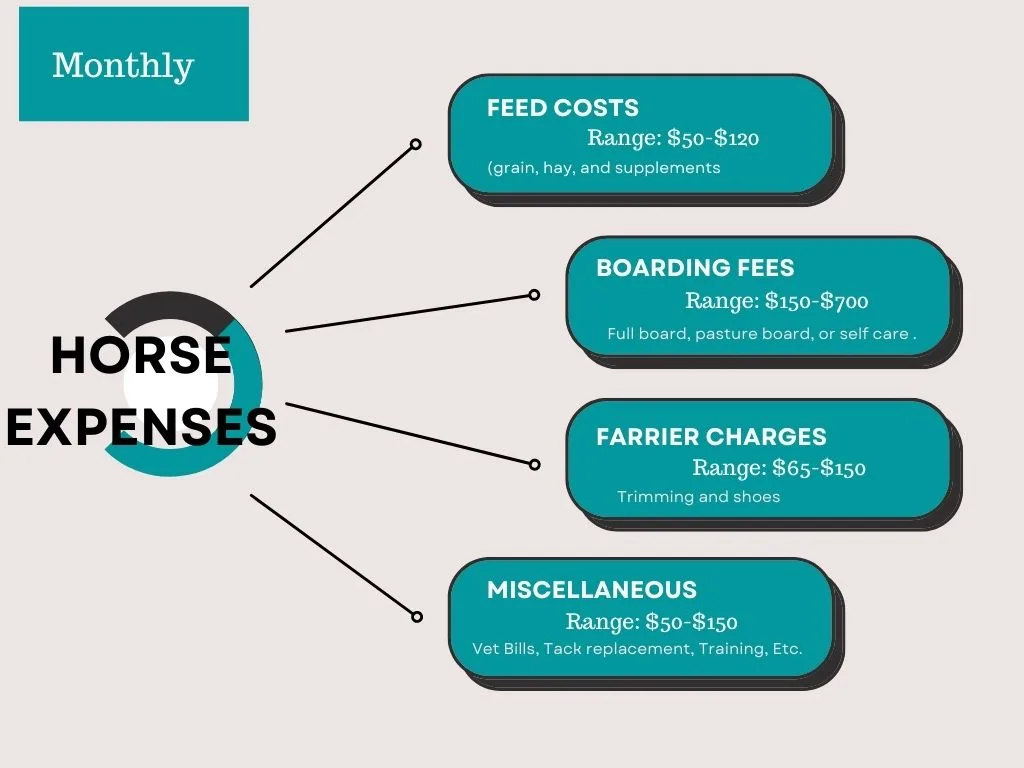
Training yearling horses requires a careful balance of gentleness and structure to nurture their growth. These formative months play a key role in building a sound base for their later equestrian activities. A successful training program for yearlings not only imparts fundamental commands but also cultivates a deep bond between the horse and the trainer.
Establishing a Foundation of Trust
At the outset of training, establishing trust is crucial. A yearling that feels secure with its handler will be more open to learning and will likely mature into an agreeable and responsive horse. Handlers can foster this trust through calm, consistent interactions that progressively introduce the yearling to human contact and presence.
Essential Groundwork Exercises
Introducing groundwork exercises early on is vital for instilling basic commands and discipline in an enjoyable way. These groundwork exercises lay the groundwork for clear communication and should include simple tasks like leading, halting, and turning to ensure a well-rounded early education.
- Teaching the yearling to follow the handler’s lead
- Training the yearling to halt on cue
- Instructing the yearling in responsive directional changes
Acclimatization to Diverse Stimuli
Yearlings must become comfortable with a variety of stimuli to prevent future skittishness. Introducing objects such as tarps and poles in a secure setting allows yearlings to explore and grow accustomed to new experiences. This gradual introduction reinforces calmness and inquisitiveness, which can be rewarded with positive affirmation.
Employing Reward-Based Training
Incorporating positive reinforcement in training is beneficial for reinforcing good behavior. Rewards such as gentle rubs or small treats for correct behavior can facilitate a positive training atmosphere. This approach not only enhances the training process but also strengthens the yearling’s bond with the handler.
Optimizing Training Duration
The duration and frequency of training sessions should be adapted to the yearling’s attention span and developmental stage. Short, daily trainings are preferable, ensuring the yearling’s attention is maintained without causing undue stress or tiredness. Consistency is crucial for reinforcing learning and behavior.
Fostering Proper Ground Manners
Instilling ground manners is vital for the yearling’s safety and ease of handling as it matures. Important manners include standing still for grooming and maintaining a respectful distance. The table below provides a guide for teaching these manners:
| Manner | Training Approach |
|---|---|
| Stationary Behavior | Reinforce calm standing in a tranquil setting, slowly adding distractions |
| Hoof Care | Start with soft leg touches and gradually progress to lifting the hooves |
| Space Awareness | Use body language to teach the yearling to keep an appropriate distance |
Adapting to the Yearling’s Growth
As yearlings mature, training methods should evolve to reflect their increased physical and cognitive abilities. Incorporating more complex exercises such as lunging should be done cautiously, ensuring the yearling is ready and comfortable with the new challenges.
Effective training for yearlings sets a foundation that affects their future behavior and receptiveness to training. Strategic training practices help prepare yearling horses for the varied demands of their later training and competitive careers.
Guidelines for Selecting a Yearling Horse
Engaging in the process of selecting a yearling for purchase is an endeavor that brims with anticipation and opportunity. It’s essential for potential buyers to employ a thoughtful strategy when choosing a yearling horse to align with their equestrian aspirations, be it for the show ring, recreational riding, or breeding purposes. A thorough evaluation process concentrating on the yearling’s heritage, physique, demeanor, and wellness will lay the groundwork for a harmonious match and future success.
Examining Ancestry and Bloodlines
An in-depth look into a yearling’s ancestry can offer a glimpse into its capabilities and aptitude. While a distinguished bloodline can hint at favorable attributes like speed, nimbleness, or a particular temperament, it’s vital to understand that lineage alone isn’t a definitive predictor of performance. Nonetheless, it can serve as a helpful gauge of the yearling’s innate talents.
- Analyze the achievements of the yearling’s parents and immediate relatives.
- Examine the lineage for inherited traits that could impact the yearling’s proficiency.
Evaluating Physical Structure and Attributes
Thorough analysis of a yearling’s structure is imperative, impacting its future performance and health. Prospective buyers should seek a yearling with a well-proportioned frame, proper leg stance, and a blend of muscularity and solidity. Each physical feature should be carefully assessed to validate the yearling’s capacity for the demands of its intended use.
Key Traits for Optimal Structure:
| Body Part | Ideal Features |
|---|---|
| Head and Neck | Proportionate to the body, free-moving with a keen gaze. |
| Back and Hindquarters | Robust, with a back length befitting the horse’s overall size. |
| Limbs and Feet | Well-angled joints, sturdy hooves, and smooth gait. |
| Body Harmony | A cohesive physique indicative of agility and poise. |
Discerning Character and Behavioral Tendencies
A yearling’s temperament plays a significant role in its suitability for a given rider or discipline. Generally, a cooperative and adaptable nature is desirable, though certain equestrian sports may favor a more dynamic spirit. By observing the yearling in a variety of scenarios, insights into its personality and trainability can be obtained.
- Monitor its adaptability to unfamiliar settings and occurrences.
- Evaluate its interaction with people and other equines.
- Observe its cognitive aptitude and eagerness to engage in learning.
Veterinary Inspection and Developmental Outlook
Before finalizing the purchase of a yearling, a thorough health check by a veterinarian is paramount. Confirming the absence of hereditary ailments and overall physical soundness is essential. A vet’s projection regarding the yearling’s growth trajectory and suitability for specific equestrian activities is also beneficial.
- Arrange for a pre-purchase veterinary examination.
- Address any developmental concerns with the vet.
- Verify that the yearling’s vaccinations and parasite control are up to date.
Clarifying Your Equestrian Ambitions
It’s crucial to ensure that the yearling’s traits align with your equestrian plans. Whether aiming for competitive excellence or pleasurable riding experiences, the chosen yearling should possess qualities that cater to these intents. Reflect on your goals and choose a yearling whose attributes support the realization of your equestrian pursuits.
- Determine your goals within the equestrian realm.
- Identify a yearling whose characteristics are in harmony with your aims.
- Contemplate the compatibility of the yearling’s disposition with your personality.
Valuing Professional Insights
Seeking the advice of experts in the equine field can yield essential perspectives. A horse trainer or breeder with a wealth of experience can discern subtle aspects of a yearling’s behavior or build that may not be overtly apparent. Their proficiency can be instrumental in guiding your decision-making process towards an aligned equestrian future.
- Involve a seasoned trainer or breeder when evaluating the yearling.
- Engage in discussions about the yearling’s prospects and any observed constraints.
- Incorporate their recommendations into your purchasing decision.
The acquisition of a yearling horse is a significant commitment that demands thorough knowledge, detailed preparation, and a thoughtful approach. By following these guidelines, you’ll be better positioned to select a yearling that has the potential to fulfill your equestrian aspirations.
If you’re diving into the world of equestrian knowledge, understanding the different stages and types of horses is essential. For instance, you might be curious about what a yearling horse is and how it fits into the broader picture. Alongside our article on what a yearling horse is, you may also find interest in discovering other horse-related terms. Expand your equine vocabulary by exploring our articles on what a Quarter Horse is, the specifics behind what a gelding horse is, and the characteristics that define what a Warmblood horse is. Each piece offers valuable insights that can enhance your understanding of these magnificent animals.
Conclusion
In summary, the yearling phase is a formative period that can set the trajectory for a horse’s life. A comprehensive grasp of yearling horse definition, development, behavior, care, and training is indispensable for anyone involved with these young equines. Whether you’re nurturing a yearling at home or considering buying a yearling horse, the knowledge you’ve gained here will serve as a cornerstone for a successful and rewarding experience with your equine companion.



